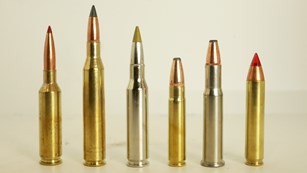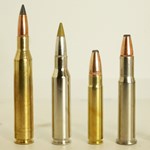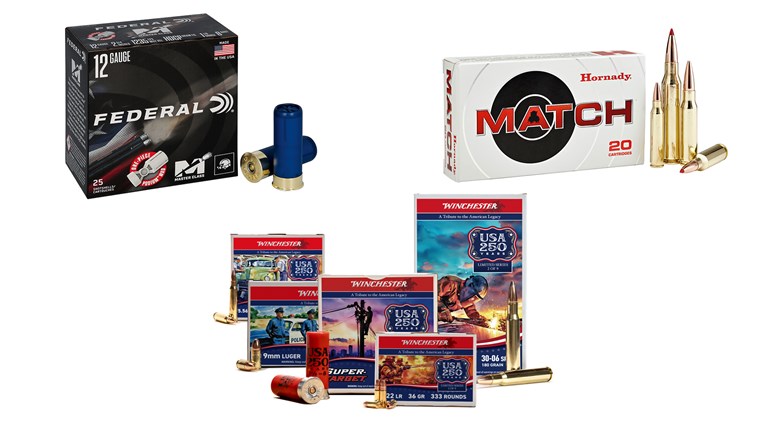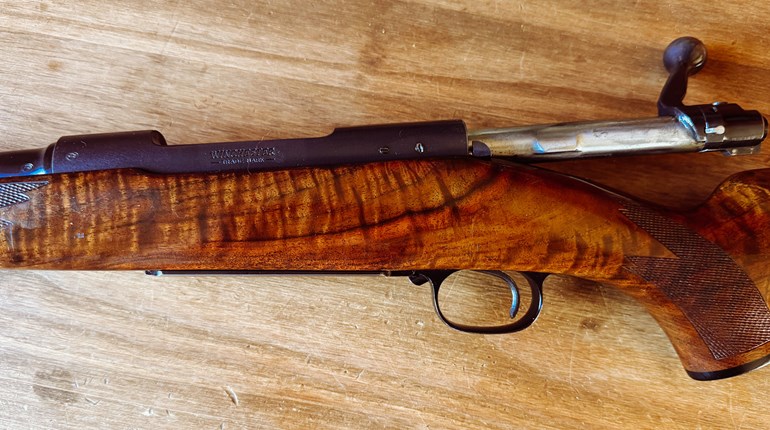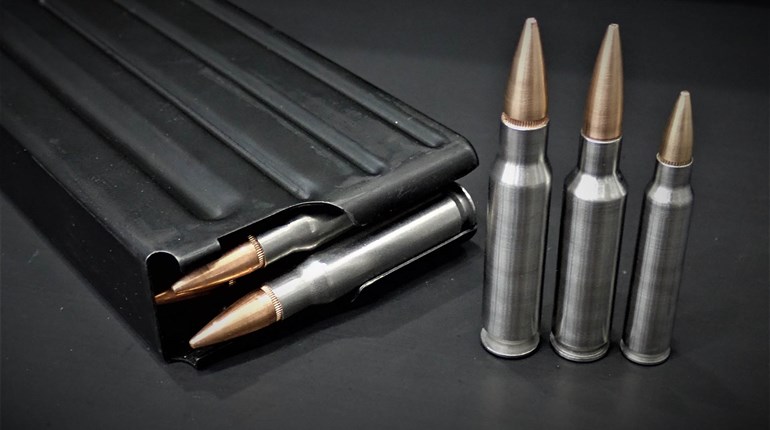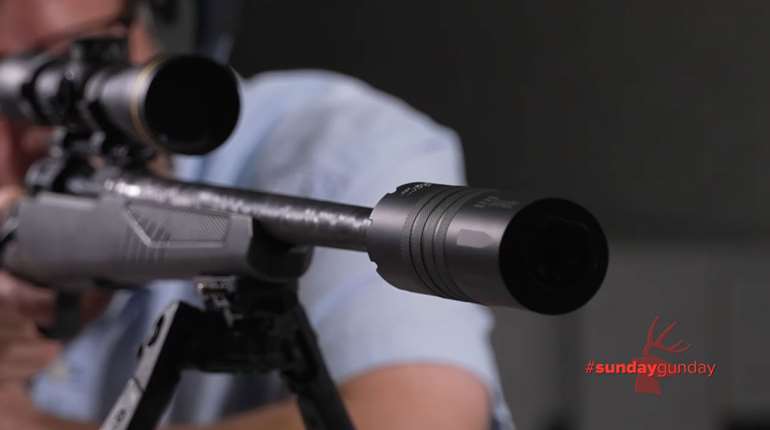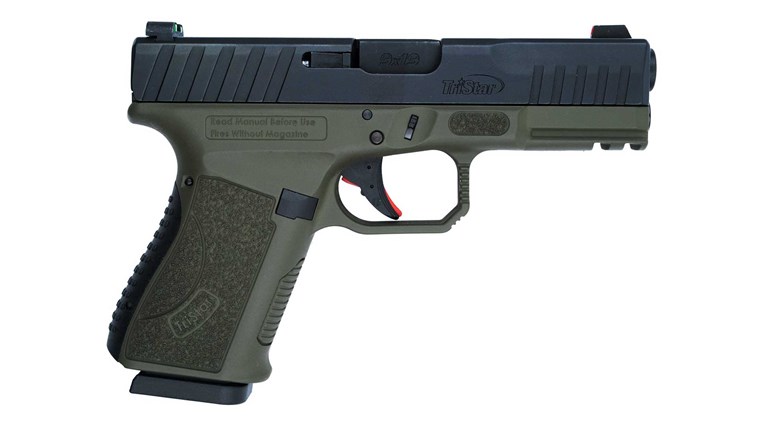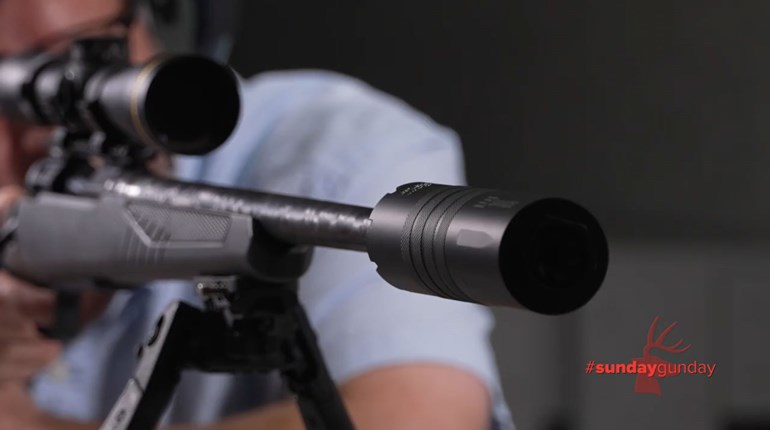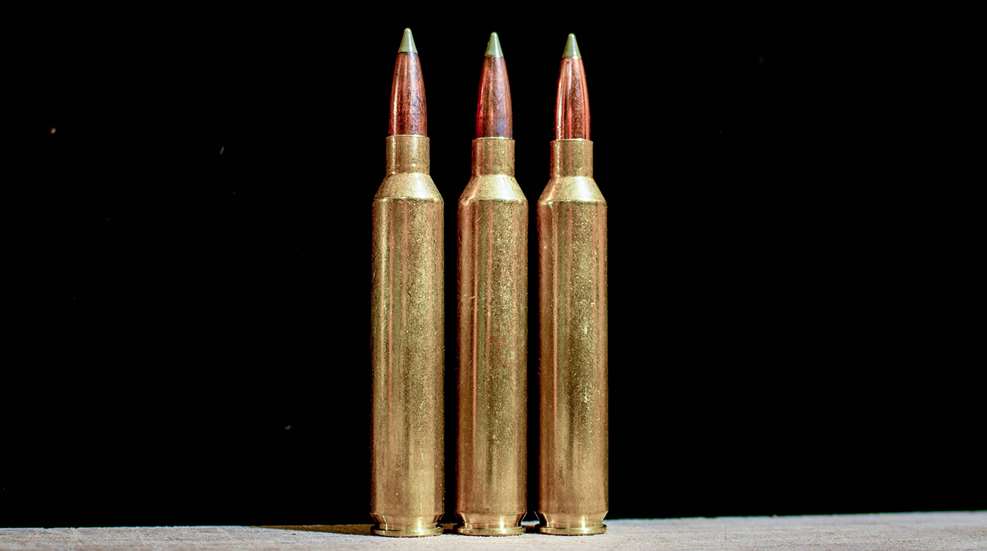
By the end of the 20th century, the design trend for speedy cartridges had shifted from the Holland and Holland belted case design to the rimless cases. Between the Winchester Short Magnum series and the Remington Ultra Magnum line, the use of the .404 Jeffery case—or a slightly modified version thereof—gained a definite head of steam. The .300 Remington Ultra Magnum led Big Green’s beltless magnum lineup, launching a 180-grain bullet at a muzzle velocity of 3250 fps, offering plenty of horsepower as well as a flat trajectory.
But as has been the trend for decades, when a .30-caliber cartridge is introduced, more often than not a 7mm variant isn’t far behind. And based on the successes of the 7mm-08 Remington, .280 Remington, 7mm Remington Magnum and the 7mm STW, the release of the 7mm Remington Ultra Magnum two years after the .300 RUM wasn’t exactly shocking. Launching a 160-grain bullet in excess of 3200 fps, it is among the fastest commercially loaded 7mm cartridges available.

The 7mm RUM is nothing more and nothing less than the 300 RUM necked down to hold 7mm-diameter projectiles. It shares the 30-degree shoulder of its parent, as well as a rim measuring 0.534 inches; the same as the H&H family, instead of the 0.543-inch diameter of the .404 Jeffery, presumably for ease of manufacturing in the rifle department. The vast majority of the taper has been removed from the .404 Jeffery design, as the 7mm RUM body begins at a diameter of 0.550 inches at the base, and 0.525 inches at the shoulder. The Remington Ultra Magnum series requires a magnum-length receiver, as it uses the 2.850-inch case length, and the 3.600-inch cartridge overall length made popular by the .375 Holland & Holland Magnum. The 7mm RUM has a neck length of 0.287 inches—just longer than the desired one-caliber in length—so neck tension shouldn’t pose any issue.
The 7mm Remington Ultra Magnum offers the greatest case capacity of any commercial cartridge in that bore diameter, and rest assured it means business, on both ends. That 160-grain load generates almost 3,700 ft.-lbs. of energy at the muzzle, and will still have just under 2,000 ft.-lbs. at 500 yards, when using a bullet of decent ballistic coefficient. Using a 200-yard zero, that bullet will drop 5½ inches at 300 yards, 15½ inches at 400 yards, and 31 inches at 500 yards; this is a flat curve for those hunting at longer ranges.

However, all that speed and energy comes at a price in both recoil and wear and tear on the throat of your barrel. The Remington Ultra Magnum family of cartridges has a reputation for being hard on barrels, and I can confidently say that you really want to avoid overheating your barrel. I have heard that accuracy will degrade after 1,500 shots, and become poor by 3,000 rounds. I haven’t seen those effects, but in all fairness my experiences with the RUM series don’t add up to those numbers, as those guns are hunting guns, and in a cartridge of the magnitude of any of the RUM series, it doesn’t make sense to shoot them at that volume. For hunting accuracy, it makes complete sense to limit your range work to three-shot groups instead of five-shot groups, and to let the barrel cool between groups. Regarding the recoil of the 7mm RUM, I have found that stock fit is a crucial factor in shooting a rifle which doesn’t sport a muzzle brake. A stock which fits the shooter properly—one with a correct length of pull and proper comb height to allow for cheek weld instead of chin weld—will mitigate felt recoil, and make a world of difference with a cartridge of this recoil level. No one wants to withstand excessive recoil, and the RUM family can sure dole it out. Though my ears and I despise a muzzle brake, they truly do help tame a cartridge like the 7mm RUM, and few rifles so chambered will be without a brake of some sort.
What is the advantage of the beltless case? Well, unlike the 7mm STW and highly popular 7mm Remington Magnum which both headspace off the belt at the base of the cartridge, the 7mm Remington Ultra Magnum uses that 30-degree shoulder for headspacing, and the result can be better chamber concentricity and an improvement in accuracy, especially in factory-loaded rounds. Additionally, the reloader will get longer case life with the beltless design, as the notorious case stretching above the belt is eliminated.

Of late, the 7mm Remington Ultra Magnum’s popularity has waned, primarily due to two major threats. Firstly, the 28 Nosler has mirrored the 7mm RUM’s ballistics, but in a more available and affordable long-action platform. With the same family lineage, the 28 Nosler uses a steeper shoulder (35 degrees) but many similar attributes, but maintains a cartridge length of 3.340 inches. Secondly, Hornady’s introduction of the 7mm PRC has definitely shaken things up in the 7mm world. While the velocities of the 7mm PRC are closer to those of the 7mm Remington Magnum, the heavier projectiles have a BC which enhances the downrange performance, while still offering plenty of striking power for any hunting situation where a 7mm projectile is suitable. Simply put, these two cartridges offer a more efficient package, no matter which of the 7mm RUM’s attributes you’re chasing.
Ammo choices for the 7mm RUM are dwindling quickly, with Remington and Nosler being the most readily available sources. If you want the most flexibility out of your 7mm RUM, look to the reloading press to keep your rifle fed and performing its best. The huge powder charges of slow-burning powder—and I will recommend Retumbo, RL-25 and RL-26, H1000, and IMR 7828—will definitely call for a large rifle magnum primer, and I would make an effort to keep the shoulder where the fired cases indicate the chamber likes for best concentricity, as you’ll most likely see an improvement in accuracy.
Remington’s Ultra Magnum series certainly had its moment in the sun, but being honest it seems like the glory days are fading quickly, if not having faded altogether. But if you do the majority of your hunting at longer distances and have an application for a cartridge which generates this level of striking energy, you could do a lot worse than shooting a 7mm RUM.


